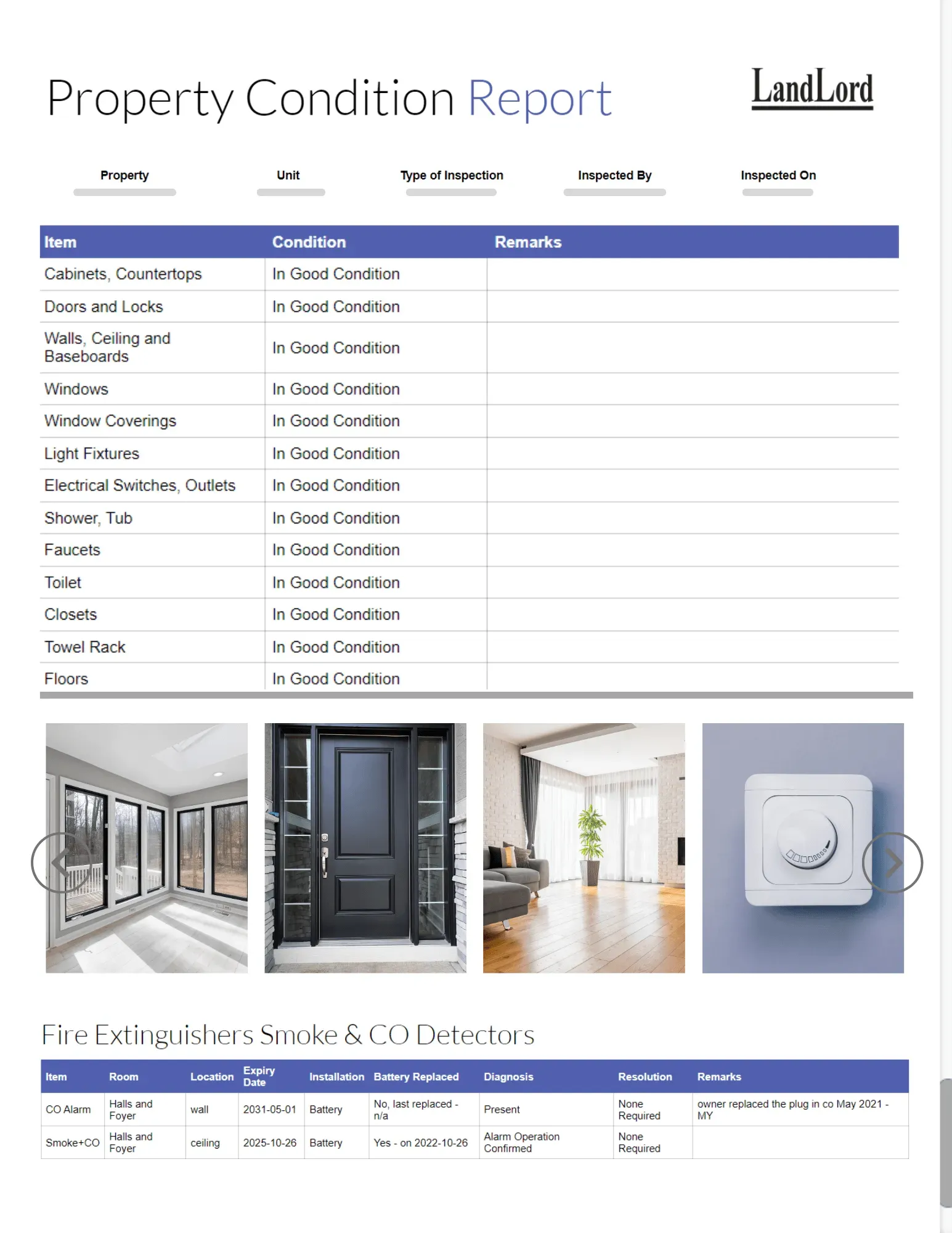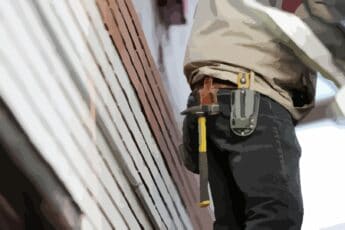Springtime brings not only a renewal of nature but also an excellent opportunity for property owners to ensure their investments remain in peak condition. With spring inspections, property owners can identify and rectify any issues that have arisen during the harsher winter months, setting the stage for a year of optimal property performance and value retention.
In this article, we will delve into the critical aspects of spring inspections, from understanding their importance to executing them effectively.
Introduction to Spring Inspections for Property Owners
Spring inspections represent a strategic approach to property maintenance, designed to uncover and address any damages or wear and tear that properties incur over time, particularly during the winter.
As the snow melts and the temperatures rise, it becomes crucial for property owners to assess their buildings and land to ensure they remain in good condition. These inspections are not merely about maintenance but are a proactive measure that can significantly impact the long-term value and functionality of the property.
You might be interested: Do You Have What It Takes to Manage Your Own Rental Property?
Importance of Regular Property Inspections
Regular property inspections are the cornerstone of effective property management. They serve multiple purposes: protecting the investment, ensuring the safety of occupants, and maintaining the property’s aesthetic appeal.
When conducted routinely, property owners can catch minor issues before they escalate into major problems, potentially saving thousands in repair costs. Moreover, regular inspections demonstrate to tenants and guests that the property is well-cared for, increasing its desirability and, consequently, its value.
Spring Inspection Checklist for Property Owners
To ensure a thorough and effective spring inspection, property owners should follow a comprehensive checklist that covers both the exterior and interior of the property.
Exterior Inspections: Evaluating the Condition of Your Property
The exterior of a property often bears the brunt of winter weather, making its inspection a critical first step.
Property owners should examine the roof for any signs of damage, such as missing shingles or leaks, that could lead to water damage inside the property.
Gutters and downspouts should be checked and cleaned to prevent water buildup around the foundation. Additionally, the inspection of the property’s siding, windows, and doors for cracks or gaps can prevent energy loss and water intrusion.
Interior Inspections: Identifying Potential Issues and Maintenance Needs
Inside the property, attention should be turned to the walls, ceilings, and floors for any signs of water damage or mold growth, which could indicate leaks or moisture problems.
Inspecting the heating, ventilation, and air conditioning (HVAC) system is also crucial to ensure it is clean and functioning efficiently after the winter months.
Lastly, electrical systems and appliances should be checked for proper operation and safety to prevent potential hazards.

Check out our client portal: LandLord Portal
Essential Maintenance Tasks for Spring
Following the inspection, several maintenance tasks emerge as essential for spring. These include repairing any identified damage, such as patching holes in walls, fixing leaks, and replacing damaged roofing.
Cleaning tasks, particularly for gutters and HVAC systems, are vital to prevent future problems.
Additionally, sealing any gaps around windows and doors can improve energy efficiency, while updating landscaping and outdoor areas can enhance the property’s overall appeal.
Hiring Professional Property Inspection Services
While many property owners opt to conduct spring inspections themselves, there is significant value in hiring professional property inspection services.
These professionals bring expertise and an unbiased eye, often identifying potential issues that an untrained individual might overlook.
Furthermore, professional inspections can provide property owners with a detailed report that can be used for planning maintenance budgets and prioritizing repairs, ensuring that resources are allocated efficiently.
You might be interested: Estimate your Property Management Fees

Tips for Maximizing the Value of Your Property Through Spring Inspections
To maximize the value of your property through spring inspections, it’s important to be thorough and proactive. Don’t wait for problems to manifest visibly before taking action; instead, address issues promptly when they are identified.
Investing in high-quality repairs and maintenance tasks can also pay dividends in the long run, preserving the property’s value and appeal.
Additionally, consider implementing energy-efficient upgrades identified during the inspection, as these can reduce operating costs and increase the property’s attractiveness to eco-conscious tenants or buyers.
Conclusion: The Value of Proactive Property Maintenance and Inspections
In conclusion, spring inspections are a vital component of property maintenance, offering property owners a proactive means to safeguard their investment and maximize its value.
By conducting these inspections regularly and addressing identified issues promptly, property owners can ensure their properties remain safe, efficient, and attractive.
Whether you choose to undertake these inspections yourself or enlist professional services, the key is to approach the task with diligence and foresight, recognizing that the effort put into maintenance today can lead to significant rewards in the future.
Remember, the value of your property is not just in its present condition but in its potential for the future, and spring inspections are a crucial step in realizing that potential.




